
Pre-med is not a major. It is an intention, a mindset, and a strong desire to have a future attending medical school. If this is your dream, there is a certain path you will need to take. This article will provide you with all of the steps necessary for success when applying to medical school. …
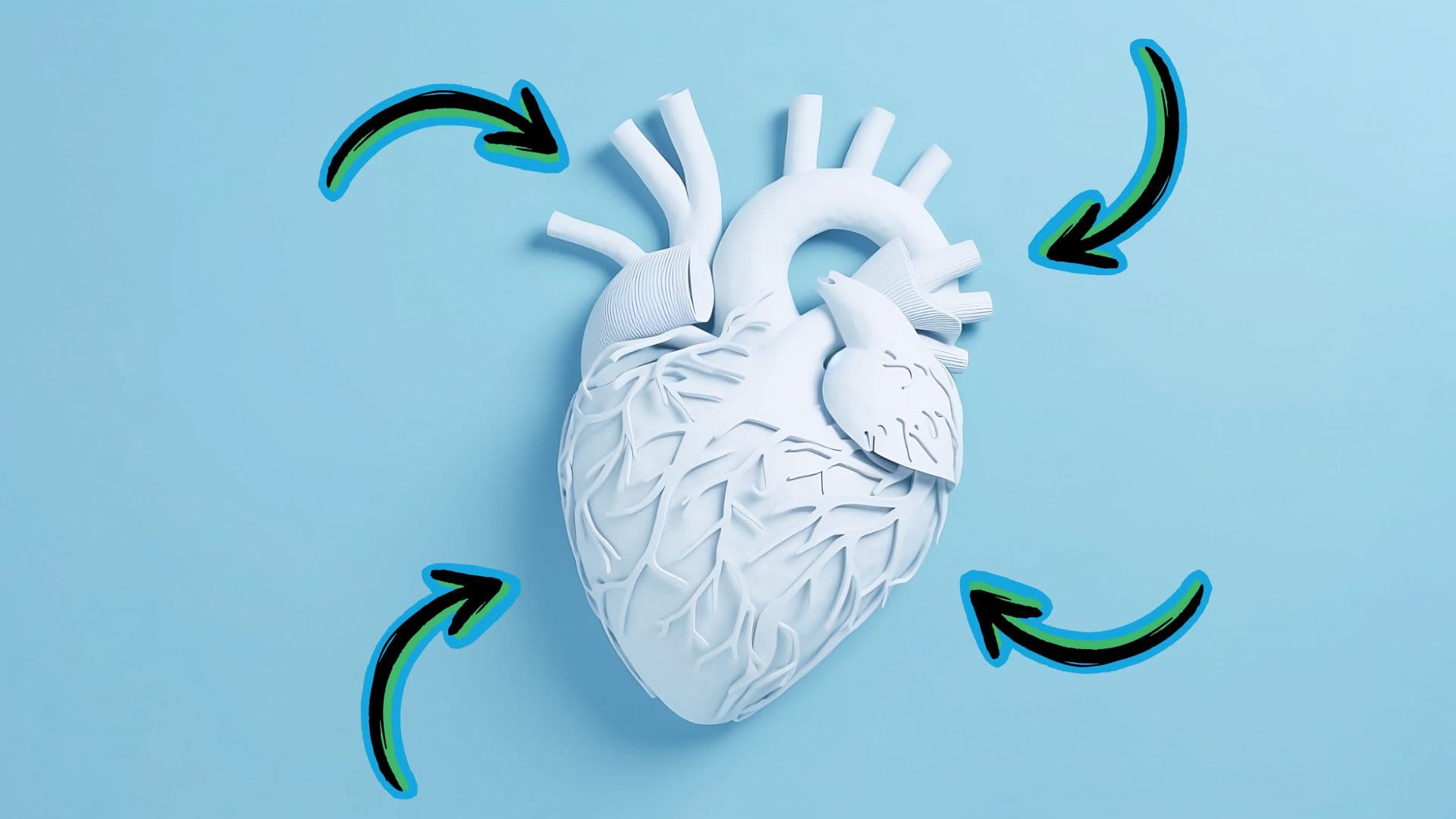
The aorta is the largest artery in the body. It gives rise to many critical branches that supply vital organs. Branches of the aorta are essential to know to understand applied anatomy of the aorta like subclavian steal syndrome and giant cell or temporal arteritis.

Movement disorders are a common adverse effect of antipsychotic medications. They can be caused by all types of antipsychotics, but are more common with the typical or classical drugs. These disorders include dystonia, akathisia, drug-induced Parkinsonism and tardive dyskinesia.

The Hardy Weinberg equation plays an important role in population genetics. It can be used to calculate the frequency of each of the three genotypes from knowledge of the frequency of the individual alleles, and vice versa. This video also gives examples on how to apply the equation in autosomal recessive and X-linked recessive disorders.
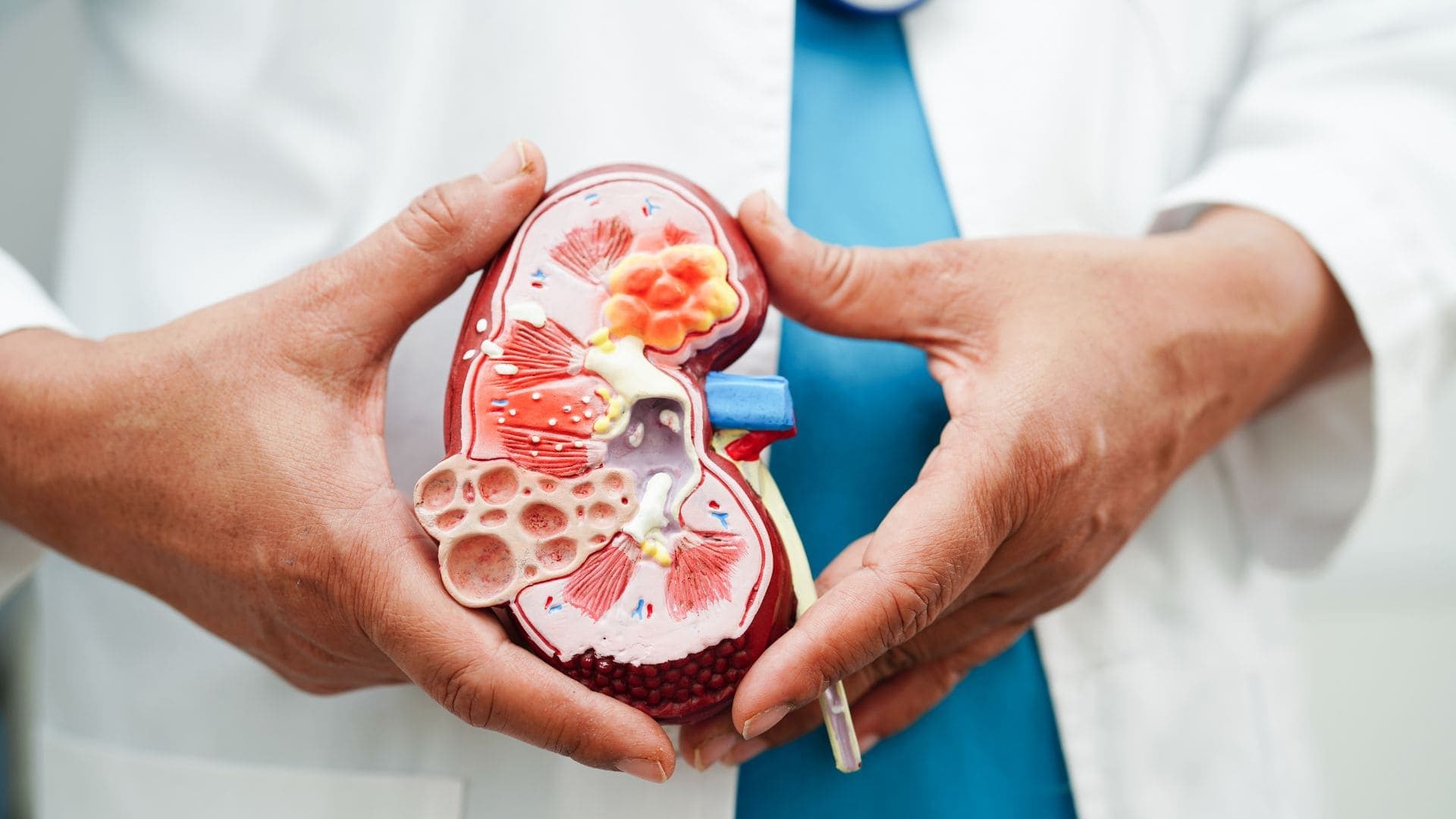
This video explains the concept of renal clearance for the USMLE exam. Renal clearance is mainly affected by glomerular filtration, tubular reabsorption and tubular secretion. It is plotted on a graph using the ratio of tubular fluid to plasma concentration of a substance and the percent proximal tubule length. Inulin, creatinine and PAH clearance is important to understand renal clearance.
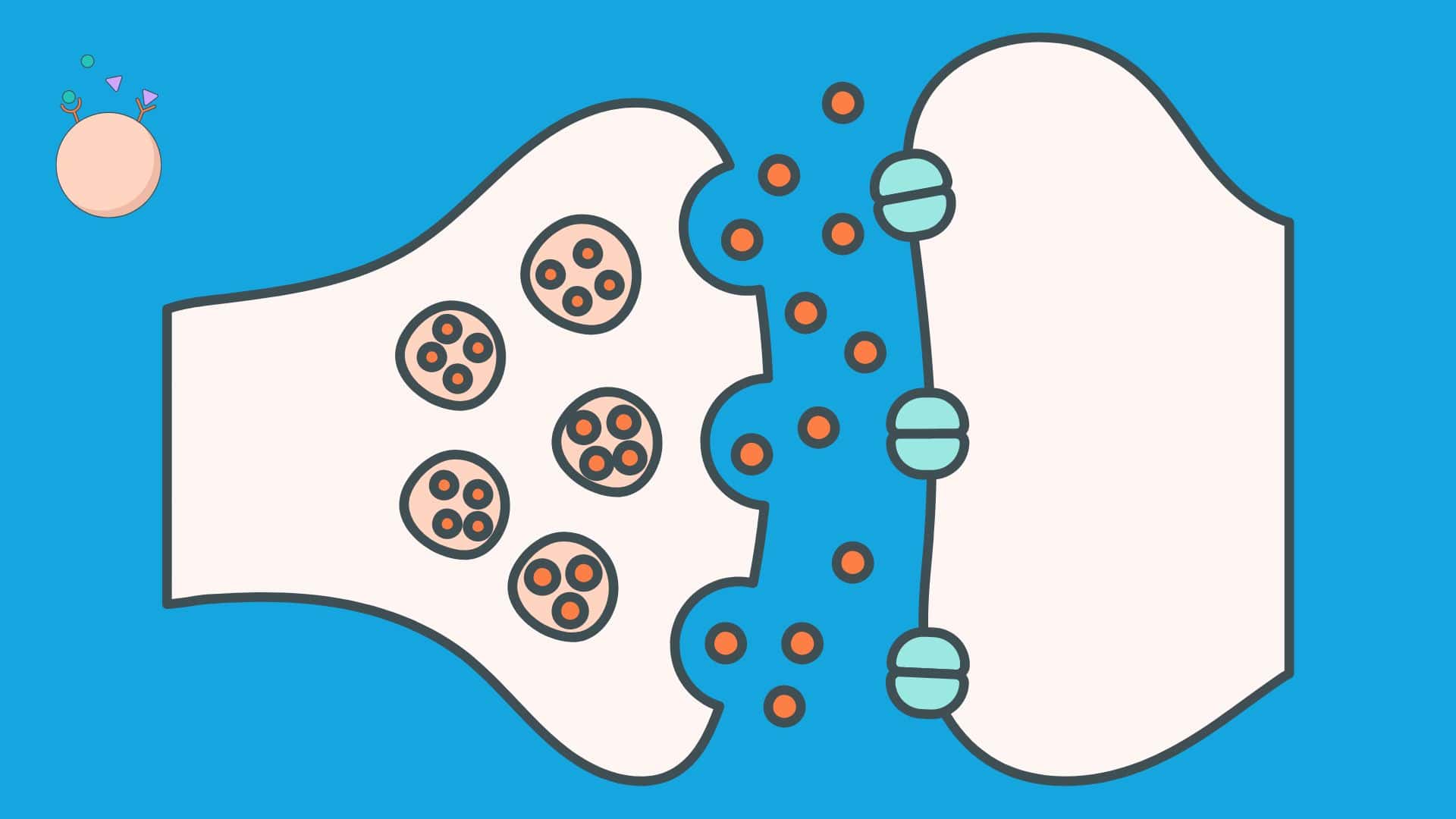
This video describes the types of receptors and their mechanism of action. Many hormones, cytokines and drugs bind to these receptors to produce various effects. Important among them is Insulin which uses a tyrosine kinase receptor. The sample USMLE question at the end of the video will help to understand application of the concept.
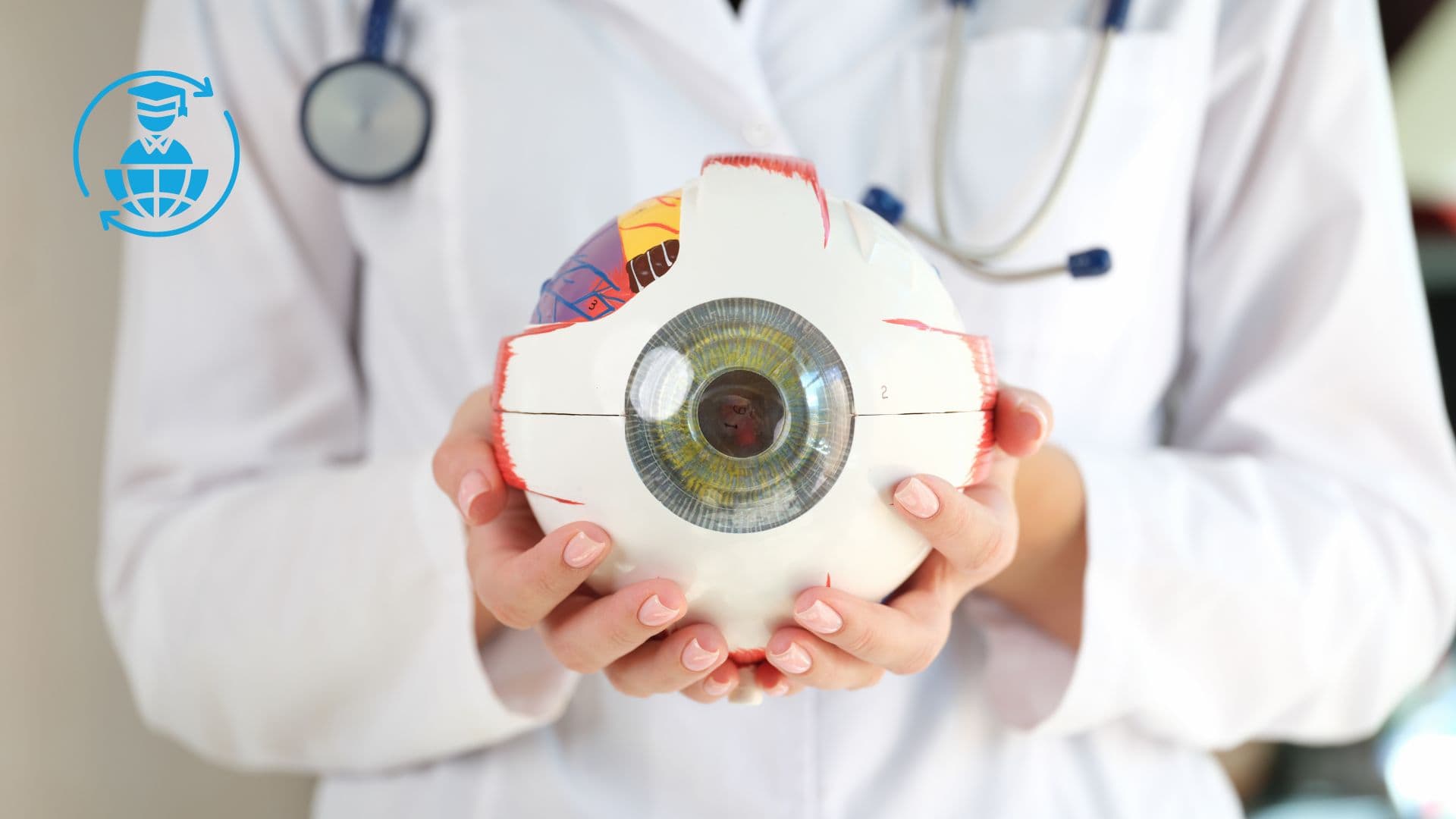
Looking to gain residency as an International Medical Graduate (IMG)? Guest author Yusuf Sheikh shares his experience getting into an ophthalmology program at Weill Cornell Medical School.
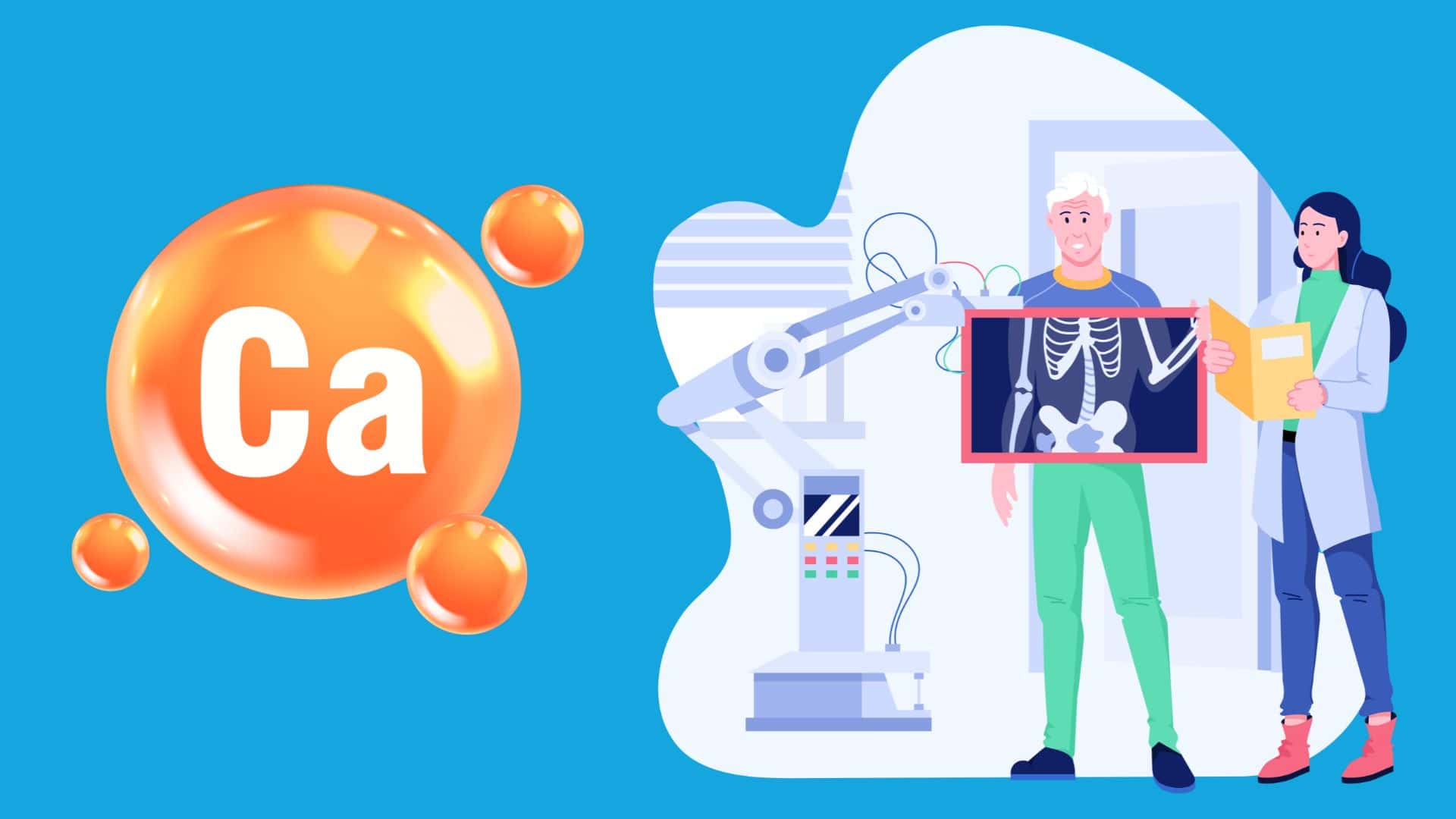
Calcium homeostasis is controlled by Parathyroid hormone, Vitamin D and Calcitonin. Both PTH and Vitamin D increase the serum calcium level while Calcitonin decreases the serum calcium. Disorders of any of these hormones or nutritional deficiencies present as various diseases.

Receiver operating curves or ROC curves are often used to compare diagnostic tests and to predict the accuracy of tests. Area under the curve can be calculated from ROC curves. We will learn how to interpret ROC curves and apply our knowledge to solve a few USMLE style questions on ROC curves.
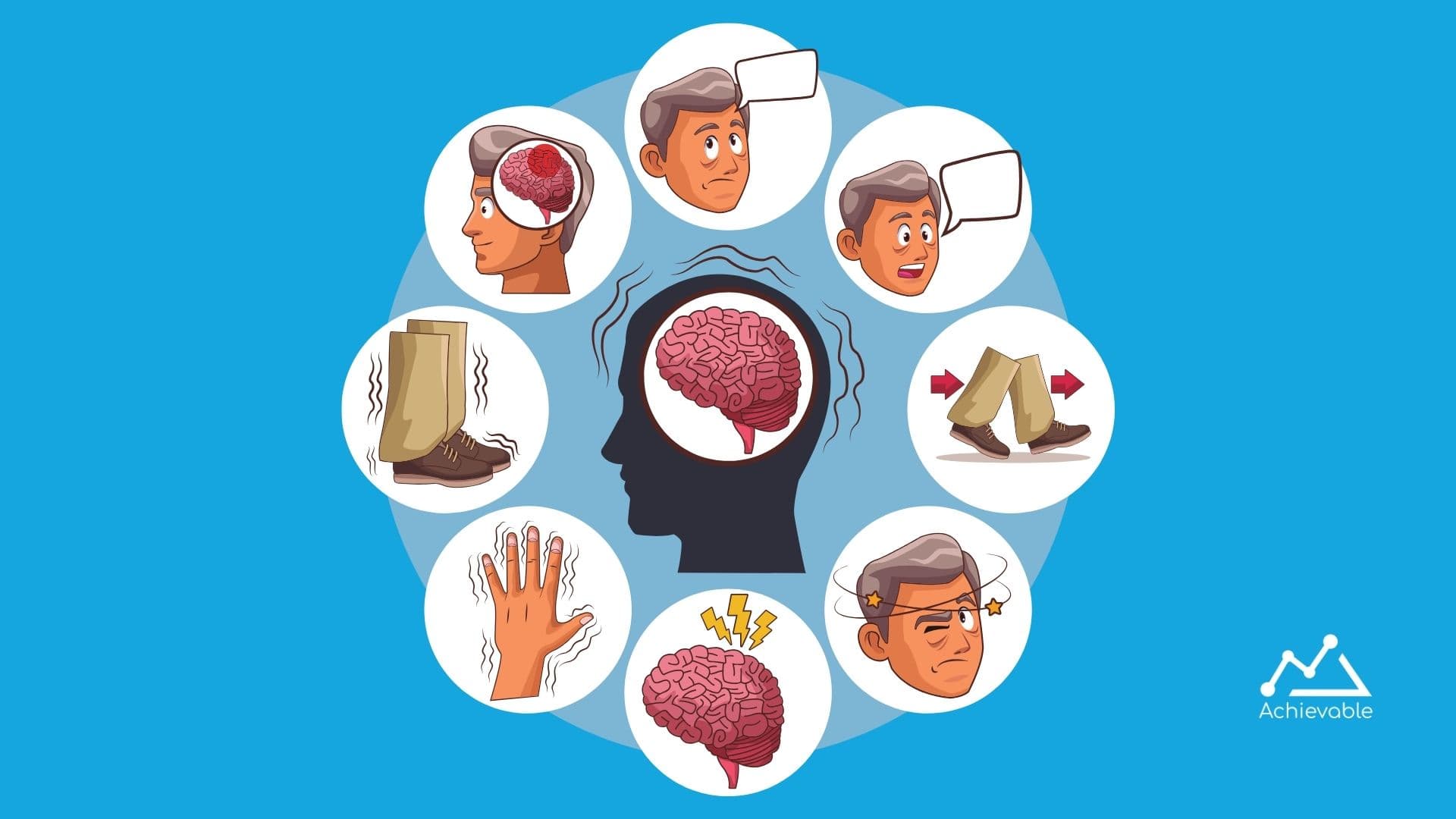
This video describes the various neurodegenerative disorders. Dementia is a common sign of neurodegenerative diseases. Although they share common signs and symptoms they can be differentiated by onset of clinical features and histopathology findings. Most of the neurodegenerative disorders have a progressive course and curative treatment is not yet available.
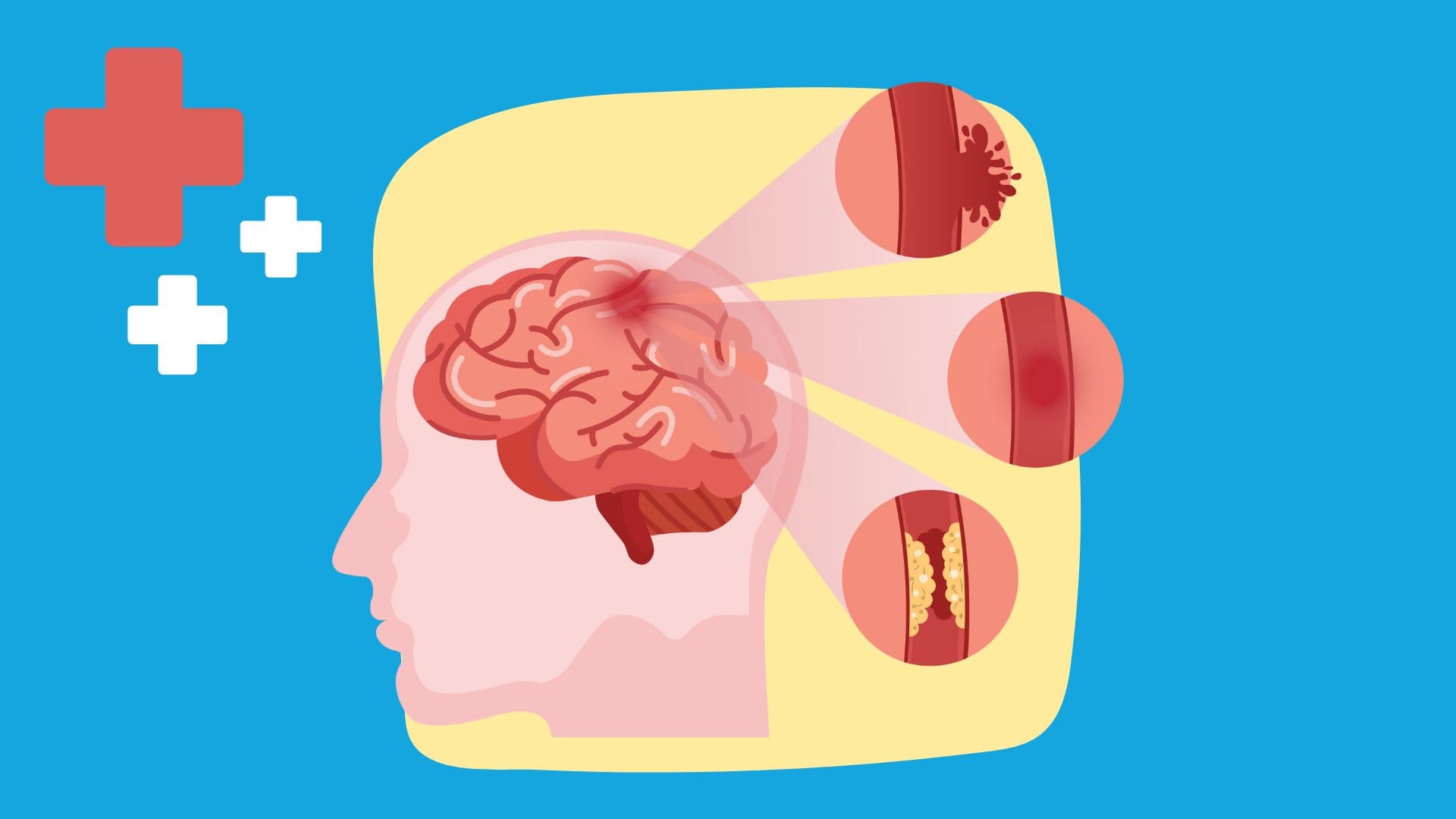
A high yield USMLE Step 1 topic is strokes. The majority of strokes are ischemic; that is, they are caused by an obstruction in a blood vessel supplying blood to part of the brain. In this video, Sujata explains the most common symptoms of stroke and how to use diagnostic techniques to best localize the level of lesion in strokes.

Step-by-step, detailed guide on how to register for the USMLE Step 1, 2, and 3.

This post has everything USMLE – steps, the pass rates, the fees, what to expect, and how long to study.

How to study for any major exam and ace your test.

How to study for any major exam and ace your test.